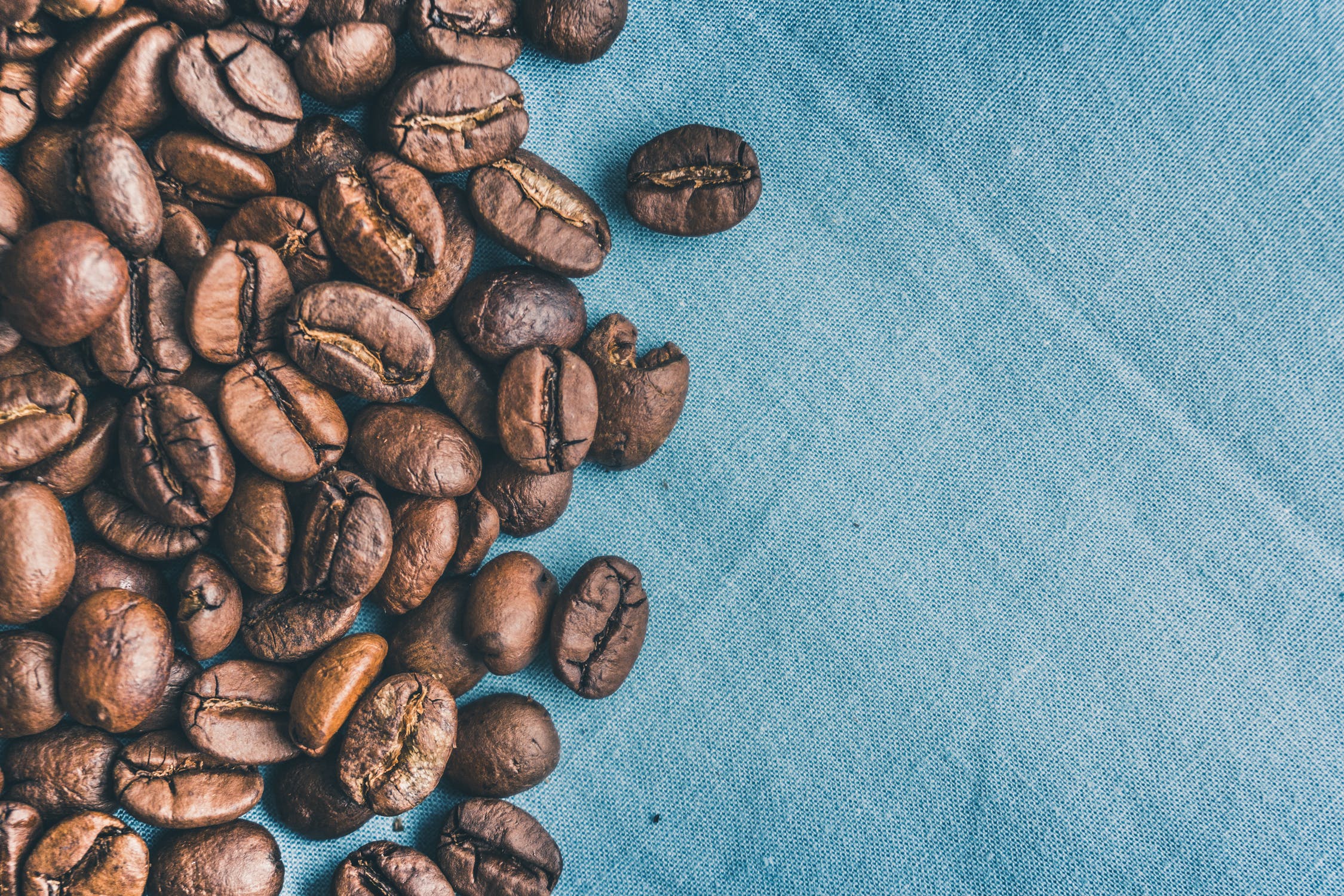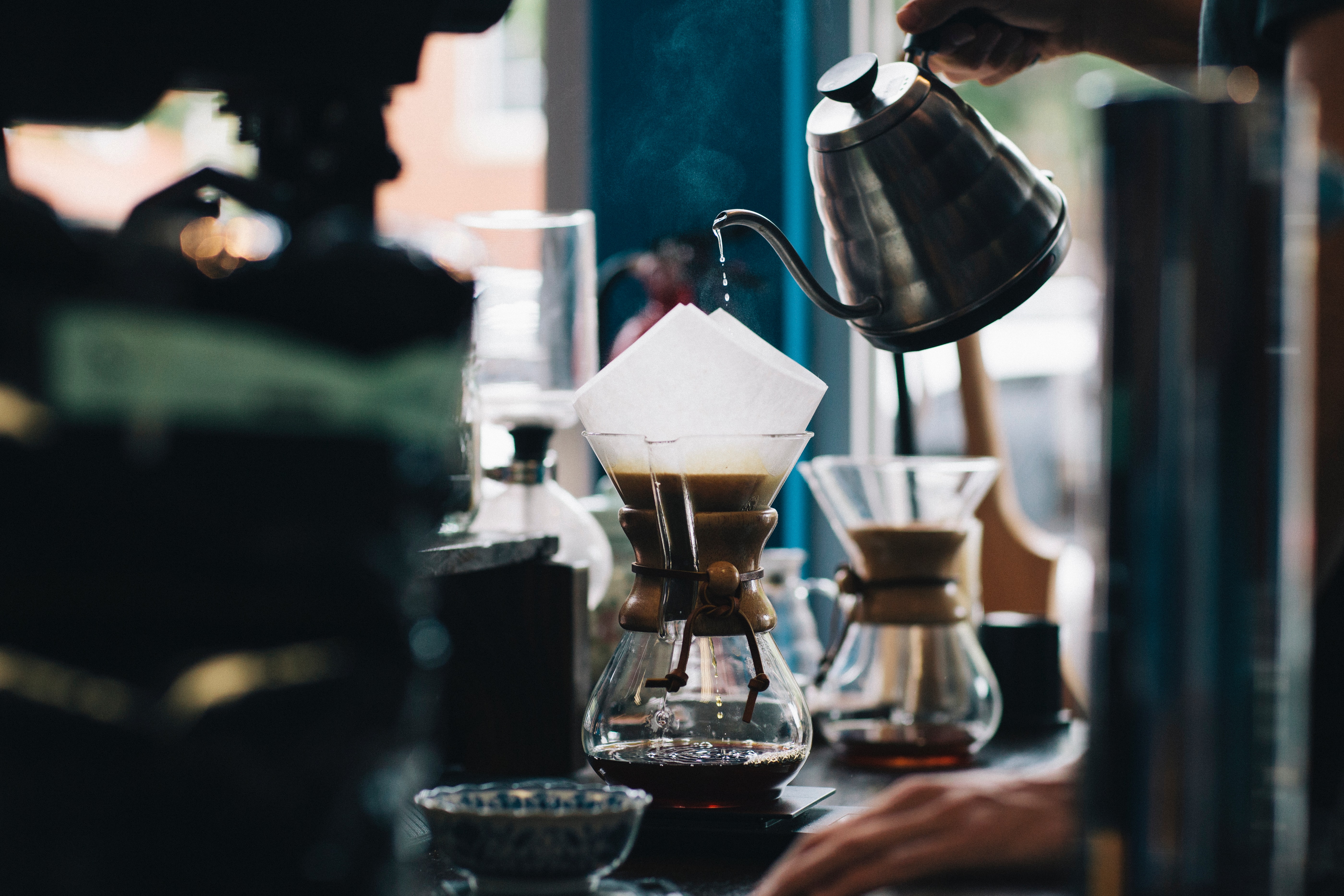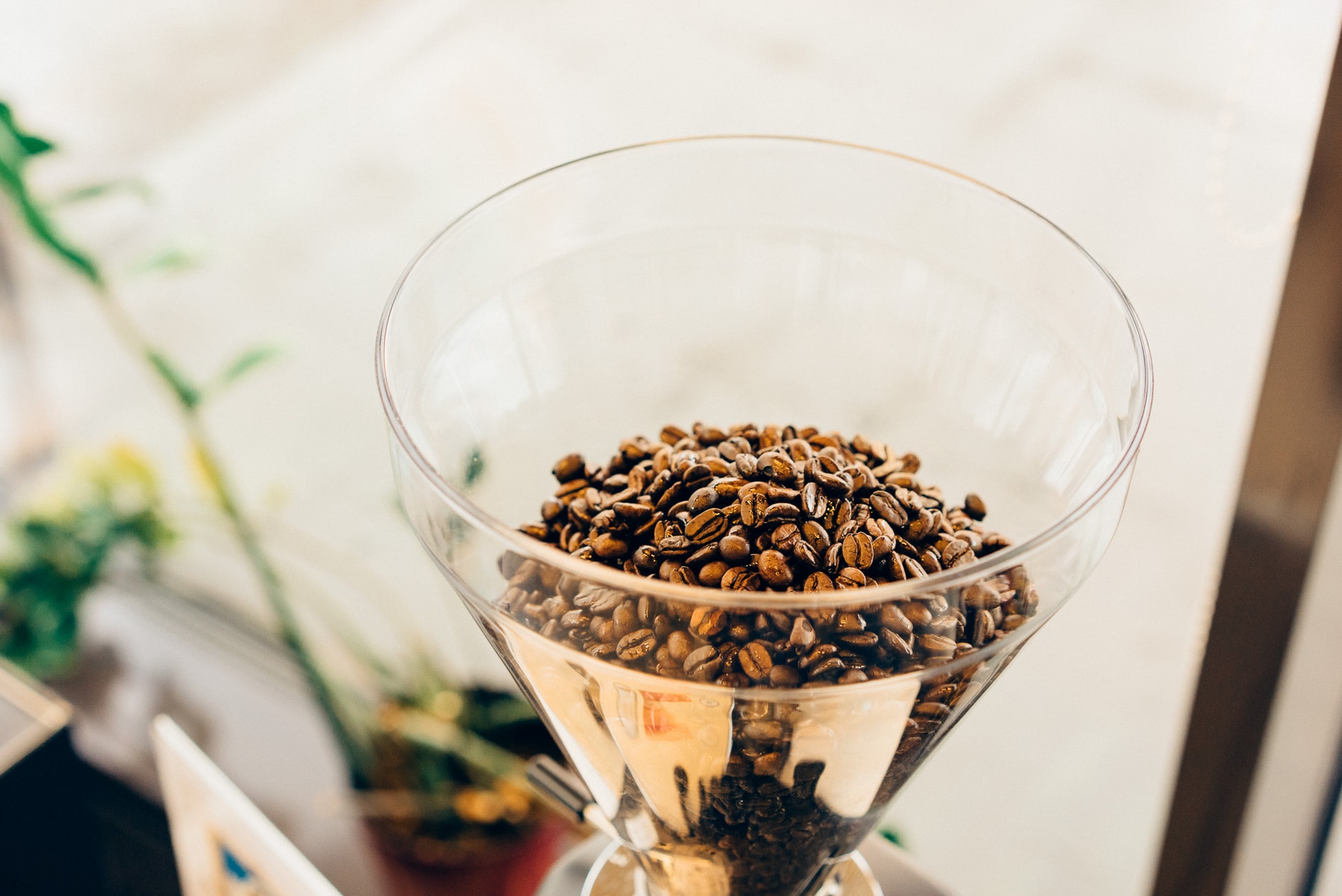Learn

Check it out
06.20.202
Coffee Bean Guide
Arabica? Single Origin? Fair Trade? Get all the answers you've been looking for here!

Check it out
07.20.202
Coffee Brewing Guide
With the countless methods of brewing coffee today sometimes it's hard to choose. Read our complete brewing guide!

Check it out
06.20.202
Coffee Grinder Guide
It doesn't just end with the bean... find out what coffee grinder will make your coffee great!
Coffee Around the World
Pick a country!
Featured Article Snippets
The Ultimate Espresso Guide
Considered by some to be the 'best' way to drink coffee, espresso has become increasingly popular over the last couple of decades. While picking brewing methods can be very subjective, espresso consumption has become the most popular. This is especially present in cafes, where a lot of the time espresso is more expensive than filtered coffee.
As you probably have seen in cafes, the brewing of an espresso starts by putting the ground coffee in a small metal basket held by a handle. The coffee is compressed into the basket so it is flat. The basket has holes just small enough to allow the water to pass through but prevents pieces of the ground coffee from making it to the cup. The handle is locked into the espresso machine and the pump is then activated. The machine pumps nearly-boiling water through the coffee, which then drips in the cup below. Some machines switch off manually, some do based on the desired amount of water. Great espresso is about recipe, there are certain measurements that are important to get right
How to Taste Coffee Like a Professional
When drinking coffee, both our mouth and nose process different parts of the taste. In our mouth, our tongue initially tastes the most obvious aspects of the coffee, such as acidity, sweetness, or bitterness. Flavors such as chocolate or berries are detected rather by smelling the coffee. It's important to separate these two methods of tasting coffee, especially for beginners. This is the sure way to experience fully the taste of the coffee you are drinking. There are five traits that are the most relevant to how you experience the taste.
Generally speaking, companies have their coffee go through many tasters before the coffee actually reaches the consumer. Very often this can be a longer process as it's common to split up tastings to specific traits. For example, one coffee tasting might be to determine the mouthfeel of the coffee, and then later on another tasting is performed to determine the acidity. Professional tasters get a high awareness of how a good coffee should taste through years of experience of determine the taste of different coffees. To truly be great at understanding the quality of the coffee, you would have to practice some of these tasting techniques at home.
The Definitive Guide to Roasting Coffee at Home
Like any different approach out there, there are pros and cons to home roasting. An advantage is that you're able to roast smaller batches, considering you're not buying a big pack of roasted beans. Also, roasting your own coffee offers a sense of satisfaction, which leads to a deeper appreciation of the coffee. The obvious down side to this approach is that roasting beans yourself isn't the most trivial thing to do. This is why roasting coffee at home at first shouldn't be considered an alternative to buying pre roasted coffee, but more as a hobby. Just like any hobby, there will probably be successful and very unsuccessful attempts, especially in the beginning.
When it comes to selecting the raw coffee, it's important to make sure to buy coffee that is traceable. Traceability means understanding where your coffee is from, ranging from region, to even what farm it was grown.If you have the option of buying green coffee from a company that also sells roasted coffee, you'd be able to compare your own roasted coffee to see how your roast technique is progressing. Home drum roasters are directly related to commercial drum roasters, but the big difference between them besides their size is the quality and weight of the materials. The coffee tumbles around in a heat drum, which keeps the beans moving around. The typical time a roast in a drum roaster is longer, ranging rom ten to fifteen minutes.
The Complete Coffee Brewing Method Guide
The defining moment during the process of your bean going from crop to cup is the brewing. Regardless of picking the best beans and the best grinder, you lose the potential taste if not brewing correctly. It is rather easy to brew bad coffee. This is why we made this guide, for you to understand the basic principles that will lead to a better brewing experience.
Before talking about the different ways one can brew coffee, it is important to discuss the fundamentals of what happens during the brew. You may wonder why is it that after you brew coffee you have so many spent grounds that you have to throw away, why doesn't it all dissolve in the water? A majority of the composition of the coffee bean is cellulose, an organic compound that is found in wood as well. Cellulose is insoluble, meaning that this makes up the spent grounds thrown away after brewing. Generally speaking, everything else that makes up the bean is soluble in water, but not everything we can get from the coffee will always taste good. This is where the balance of how much coffee we want to extract is important. If you end up with 'underextraction', not having taken enough from the grounds, then your coffee won't only be weak, but also it will have a sour taste. If you reach 'overextraction', having taken too much from the grounds, then the coffee will taste bitter, and ashy.